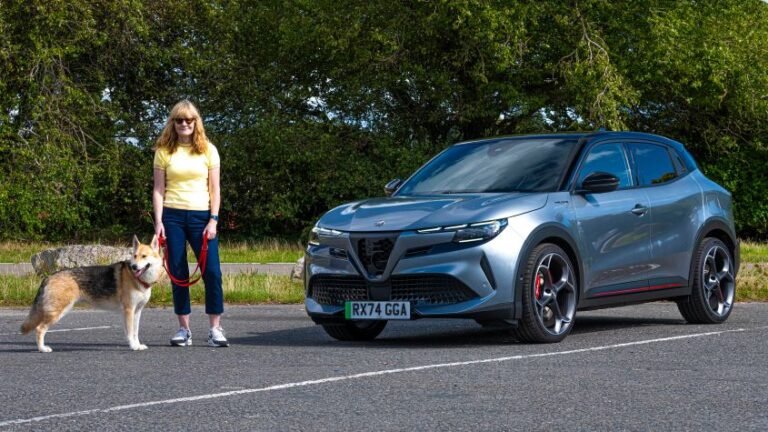

- NHTSA is investigating 2,000 Waymo robotaxis after a bus incident.
- A robotaxi drove past a stopped school bus showing flashing red lights.
- No injuries occurred, but it raised major safety concerns for regulators.
Autonomous driving technology seems almost inevitable, but when it’ll get here is up for debate. Despite some clear advances over the last decade, it’s also clear that some situations still confuse AI-driven cars.
For example, the NHTSA just launched an investigation into roughly 2,000 Waymo vehicles over dangerous behavior around school buses.
More: Waymo Self-Driving Car Runs Over And Kills Dog In “Unavoidable Accident”
According to the NHTSA, a Waymo vehicle in Georgia drove around a stopped school bus, even though the bus in question had its Stop sign and lights on.
Evidently, the Waymo approached from a side street and initially stopped. For whatever reason, it then continued and drove around the extended crossing control arm and the stop sign on the bus.
As the move happened, there were no children on the road and nobody was hurt. That said, it was a sketchy enough situation that the NHTSA decided to launch an investigation. According to Waymo, the car in question was running a fifth-generation automated driving system.
There wasn’t a safety driver in the vehicle when the incident happened. The federal administration will review how the technology stack and hardware handle school bus traffic safety laws and similar situations.
Waymo acknowledged the investigation in a statement to Car and Driver, saying it has “already developed and implemented improvements related to stopping for school buses” and plans additional updates in an upcoming software release.
The company said the robotaxi had approached the bus from an angle where its flashing lights and stop sign weren’t visible and emphasized that it “kept a safe distance from children.”
That’s all well and good, but it’ll be interesting to see what, if anything, the NHTSA investigation uncovers.
How Should Cars See the Road?
The autonomous driving space has an ongoing debate about how to do it best. Waymo uses radar and lidar while Tesla infamously shirks both technologies in favor of a vision-based approach.
In this particular case, it’s not hard to imagine how a purely visual system might have been the one to notice the problem sooner.

